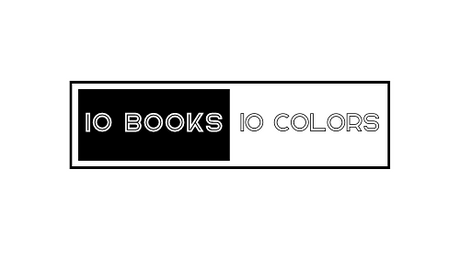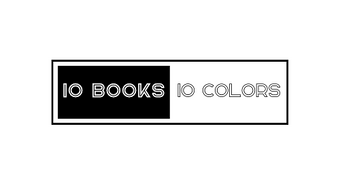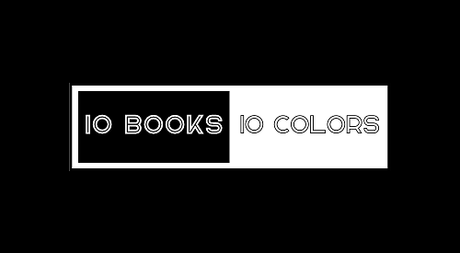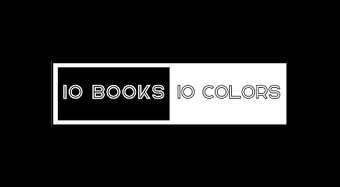Portraits of Strength and Sensitivity
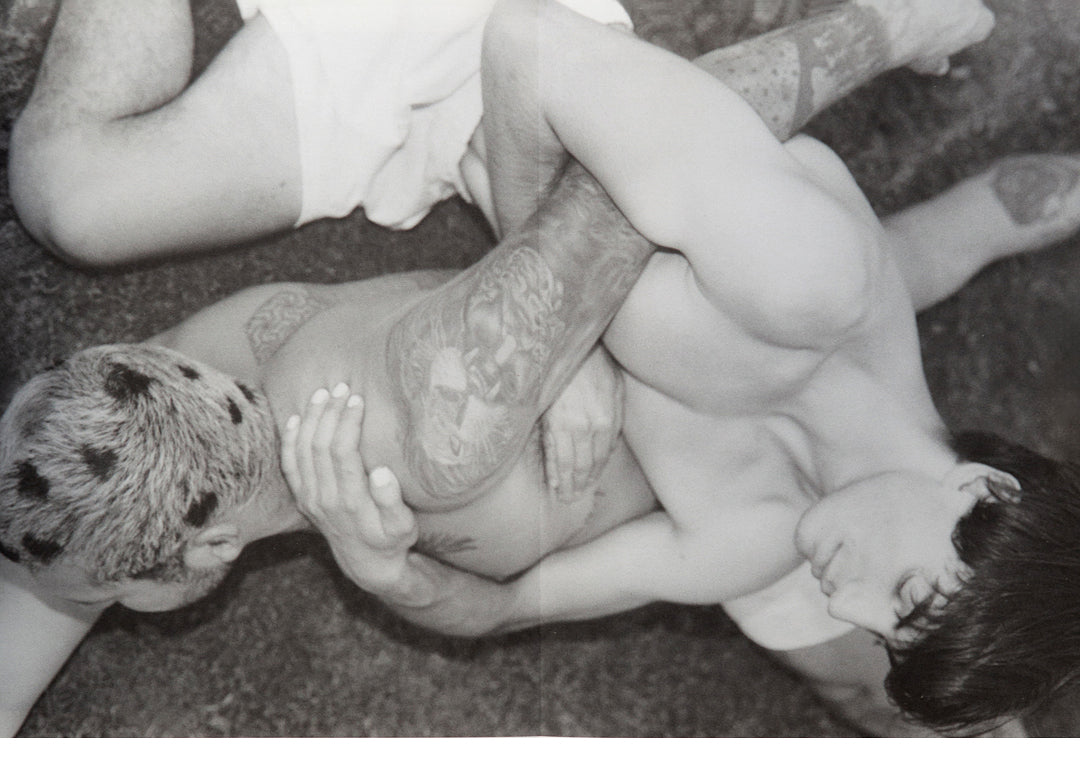
Yann Faucher discusses Wrestling, Identity, and Connection in 1990 WESTWOOD Blvd
Yann Faucher (@yannfaucher) is a Paris-based French photographer. His latest book, 1990 WESTWOOD Blvd, created in collaboration with British stylist Adam Winder, published by Forma Edition, offers an intimate look into the training days at a wrestling school in Los Angeles. At 10 BOOKS 10 COLORS, we connected with Yann to discuss the book’s creative process, his inspirations, and his approach to photography.
 Yann Faucher and Adam Winder - 1990 WESTWOOD Blvd
Yann Faucher and Adam Winder - 1990 WESTWOOD BlvdKyu Watanabe: Hi Yann! I recently received your latest photography book, 1990 WESTWOOD Blvd, and was deeply impressed. I'd love to hear about the creative process behind the book. How did you first connect with the boys at the wrestling school in Los Angeles, and what inspired you to start documenting their journey through photography?
Yann Faucher: Hi Kyu! First thanks for your words about our book. Adam Winder and I had a casting director to help us on this project as it is always a struggle to find a subject in a rather short timing. Initially we were not looking for wrestlers, the original idea was to find a group of guys who had a bond together, it could have been a family, friends or a sport team. We were given a contact of this school through a model agency based in LA. We decided to visit them and then ask if we could potentially document their training, we were warmly welcomed and the boys gave us an introduction to wrestling which I had never seen before with my own eyes.
 Yann Faucher and Adam Winder - 1990 WESTWOOD Blvd
Yann Faucher and Adam Winder - 1990 WESTWOOD BlvdKW: Wow, that’s interesting to hear! When did you decide to publish this project as a book?
YF: My editor at FORMA EDITION, who published my first book 'Dancing Ledge', asked me if I wanted to work on a 2nd book and I did accept. I just needed a push.
KW: The book is a collaboration between you and Adam Winder, who is well-known as a fashion stylist. You've worked together on various fashion-related projects over the years. What was Adam's role in this documentary project, and how did his perspective influence the overall vision of the book?
YF: I have been knowing Adam for years, it's almost working with my own self. We have the same vision of how we want to achieve projects. Adam is a friend first but also a guide, we know each other very well. We always had open discussions and sometimes words and ideas led to a desire to create some works and give also a direction. Adam always brings references that I barely heard of, he's a great source of influence that has always pleased me throughout the years.
 Yann Faucher and Adam Winder - 1990 WESTWOOD Blvd
Yann Faucher and Adam Winder - 1990 WESTWOOD BlvdKW: The images of boys in your book convey intimacy and rawness, yet they also feel remarkably gentle and calm, far from the stereotypical portrayals of wrestlers as extremely macho, masculine, or brutal. What was your visual goal in capturing these boys, and how did you balance strength with softness in your portrayal?
YF: I was really impressed when I first met the guys, wrestling is quite something to watch, almost shocking with my tender vision of the world. We knew we could make something out of it but we were convinced that bringing some softness to it would match what we wanted to convey. Freezing a moment in wrestling is remarkably so different from a live experience, it's quite fascinating to see the result. I have barely had any experience like this as a photographer when the reality is quite far from the pictures taken. We tried to balance strength with softness in the final edit.
 Yann Faucher and Adam Winder - 1990 WESTWOOD Blvd
Yann Faucher and Adam Winder - 1990 WESTWOOD BlvdKW: Did you discover anything new through this project?
YF: Like you said previously, portraying wrestling can be seen as quite stereotypical mainly because we have a wrong perception of the people who perform it. The guys we shot were from different backgrounds, cultures, some were workers some others students. The diversity of the reasons that brought them to wrestling is quite broad and not stereotypical at all. So again I have learnt we made cliché of things or activities we don’t know.
KW: Have you shared the published book with the boys in LA? How did they react to seeing themselves captured in this way? I imagine it must have been a unique experience for them, especially if they’ve never been photographed like this before!
YF: Unfortunately, I could not handle it myself, I had to send it over. LA is not the next door location for me... I know they did like it, I would have loved to share that moment with them and see their instant reaction to it. Maybe it was not as important for them as it was for me but I like to think they will have at least those images as a memory in the future, something to look at and to love even more over the years passing.
 Yann Faucher and Adam Winder - 1990 WESTWOOD Blvd
Yann Faucher and Adam Winder - 1990 WESTWOOD BlvdKW: Your work beautifully captures youth and male beauty with a unique sense of intimacy. When working with your subjects, whether models or real people, do you have an ideal image of masculinity that you aim to portray, or do you let the individuality of each person guide your vision?
YF: I’m not sure there's an ideal image of masculinity and I don't have, I think it can be plural.... In my own opinion its definition is perpetually rewritten nowadays. My goal has always been to show a form of sensitivity in masculinity and over the years I always keep listening to the people I take the picture of, I am naturally curious and empathetic, I have to build my images around them.
 Yann Faucher and Adam Winder - 1990 WESTWOOD Blvd
Yann Faucher and Adam Winder - 1990 WESTWOOD BlvdKW: Is there any artist you were influenced by?
YF: From the start of my journey as a photographer It has always been Nan Golding, David Armstrong, Paul Jasmin and in recent years Mark Steinmetz.
KW: Wow, they’re all masters of portrait and documentary photography, each with their own unique style! If you had to choose just one art & photography book that’s your most personal favorite, which one would it be, and why?
YF: Well it's a very difficult question, but I always keep coming back and forth to Paul Jasmin's book 'California Dreaming', so maybe that one.

1990 WESTWOOD Blvd by Yann Faucher and Adam Winder, is published by Forma Edition and available here on 10 BOOKS 10 COLORS.
